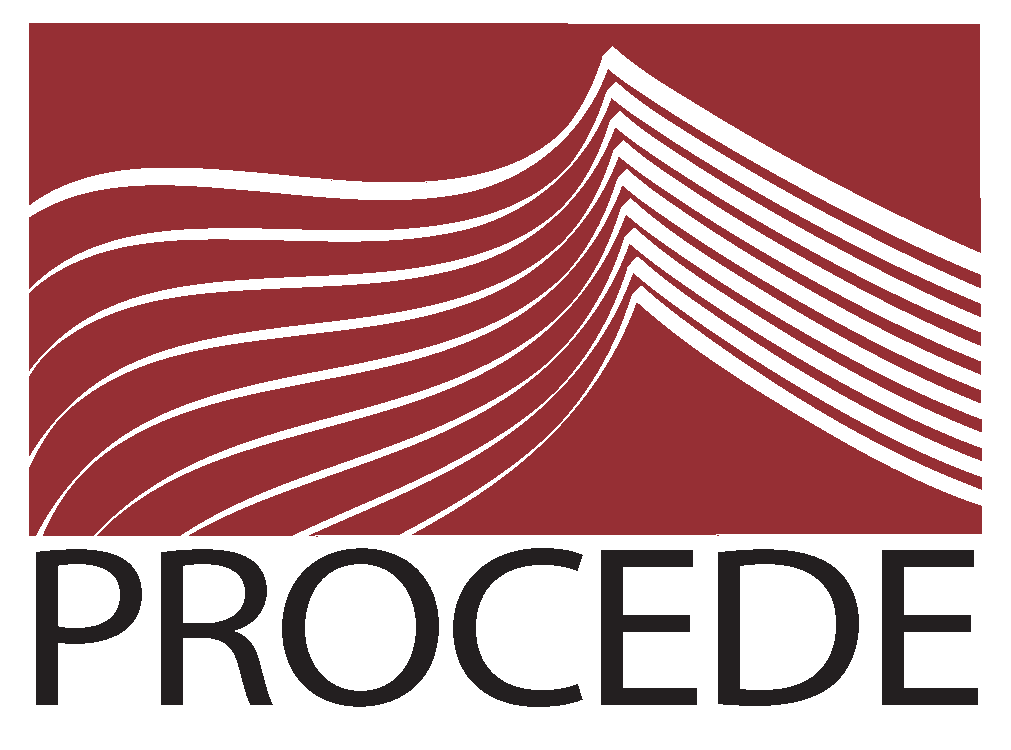Using online tools to teach curriculum content is already being done by many educators. Some have websites, Edmodo, Schoology, Moodle, Facebook and Google Classroom, just to name a few accounts.
The difference now may simply be that, before the school closures, this was an optional method of professional organization and teaching methods, whereas now it will be a mandatory element.
This is not a bad thing and may become a blessing in disguise, especially for a sector that is riddled with absenteeism issues. “Using a website to deliver my in person classes since 1998 (not a typo) has eliminated many popular and tiring excuses that a teacher commonly hears over their profession”, says an adult education teacher who learned how to create websites while teaching her high school computer classes, many years ago.
“I have used this platform ever since and would never go back to just teaching though physical attendance. The learners have always appreciated having their learning material at their fingertips and at all times”. The idea that educators will shift onto a virtual platform, simply falls into the category of good teaching practices of the 21st century. It need not be accompanied with long debates or discussions regarding it’s arrival, but should be welcomed with a big sigh of relief to confirm that “the show will go on” regardless of the situation upon us.
Educators are encouraged to post their virtual classrooms on a new tab https://dbeimplementation.weebly.com/virtual-classrooms.html. This is meant to serve as a networking space and/or as a source of inspiration for others. It might also bring to light the vast amount of work that adult education teachers are putting into online teaching and that in some cases it is even a duplication of material.
Though we have been working together to help maximize the effectiveness of adult education, there is still much collaborative work that can be done.
Isabelle Bertolotti
Curriculum Consultant for PROCEDE

